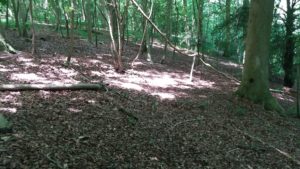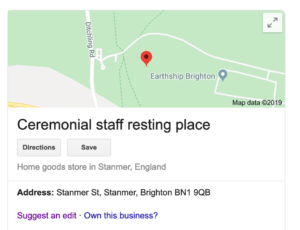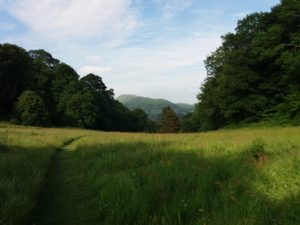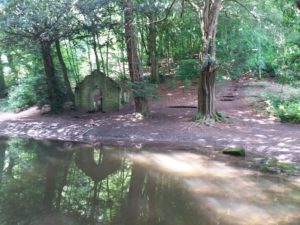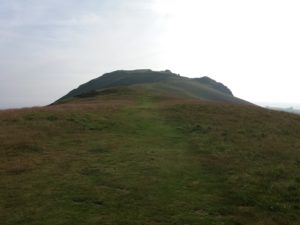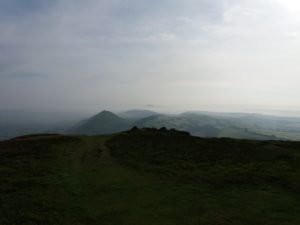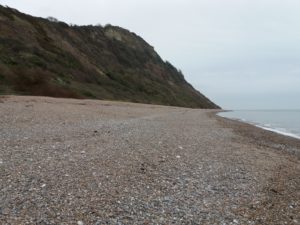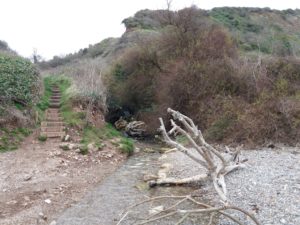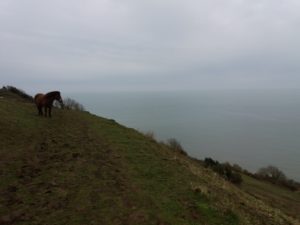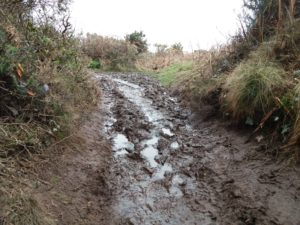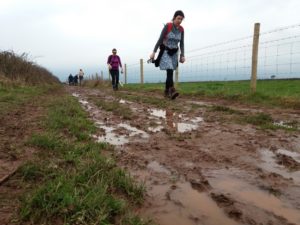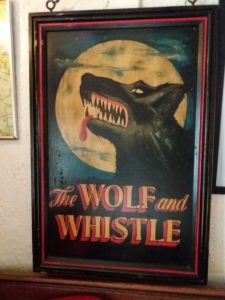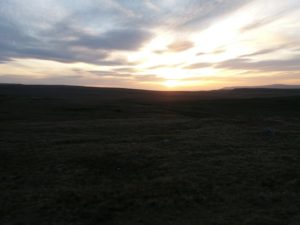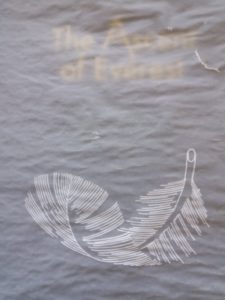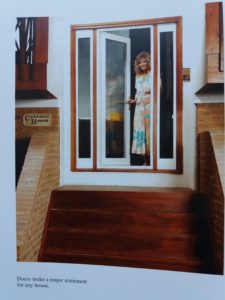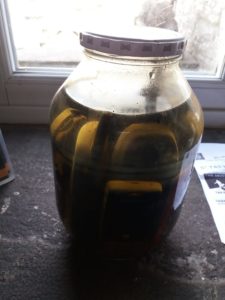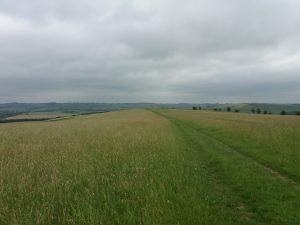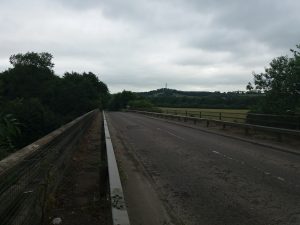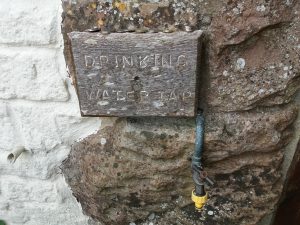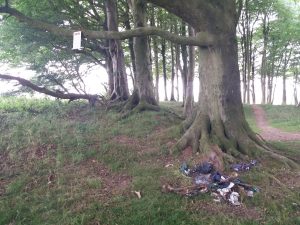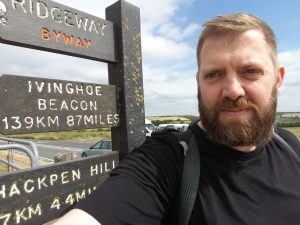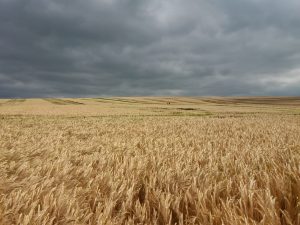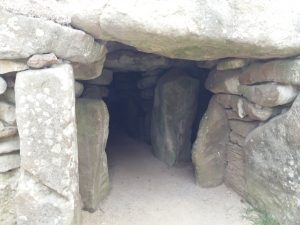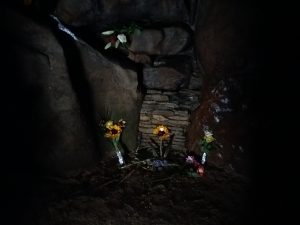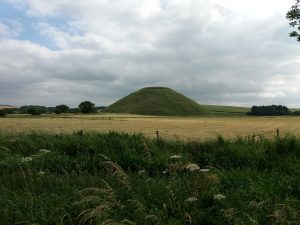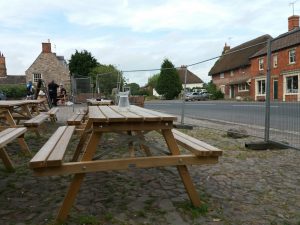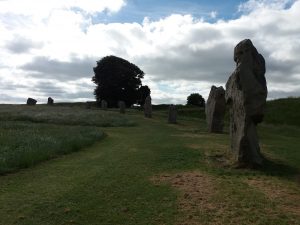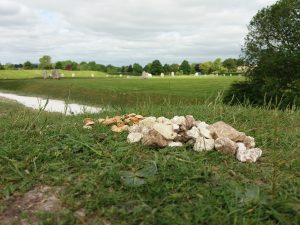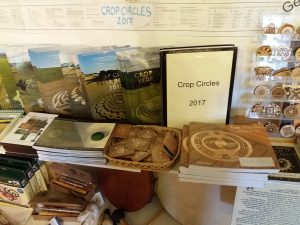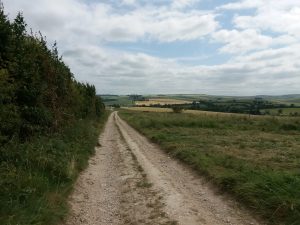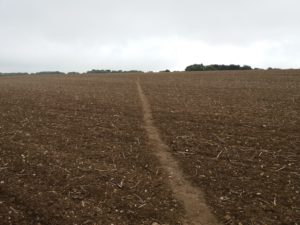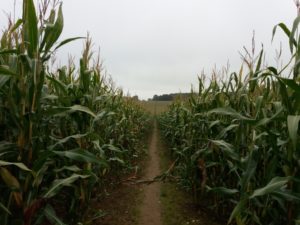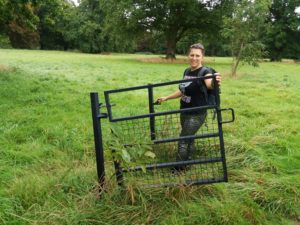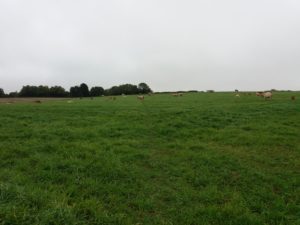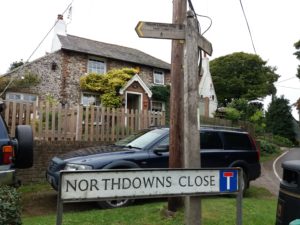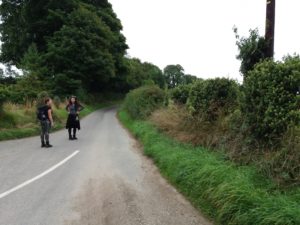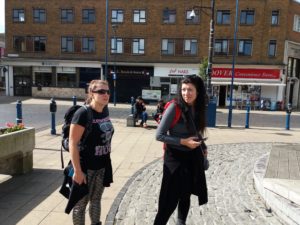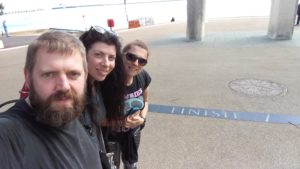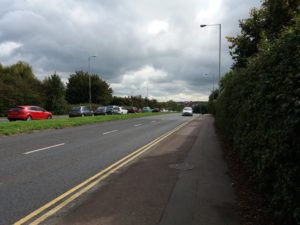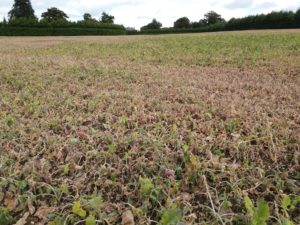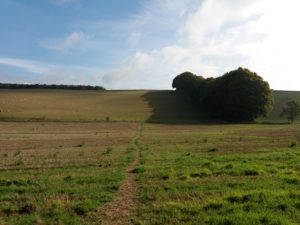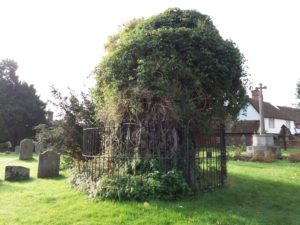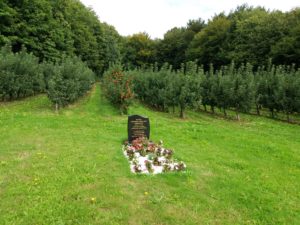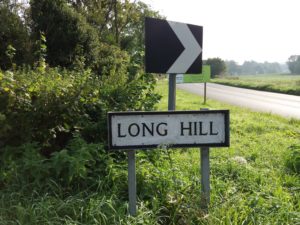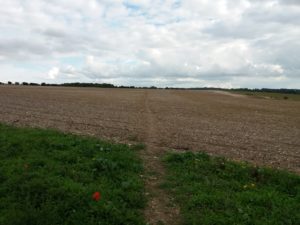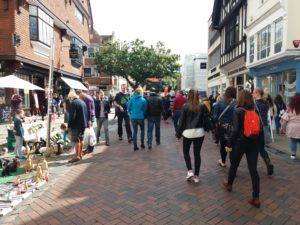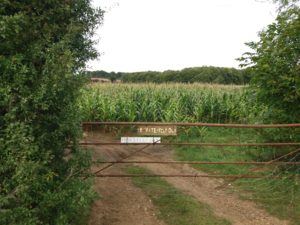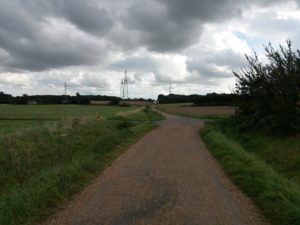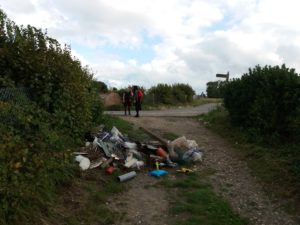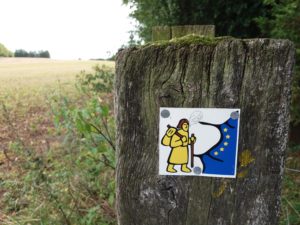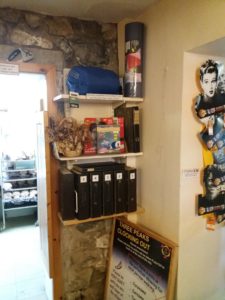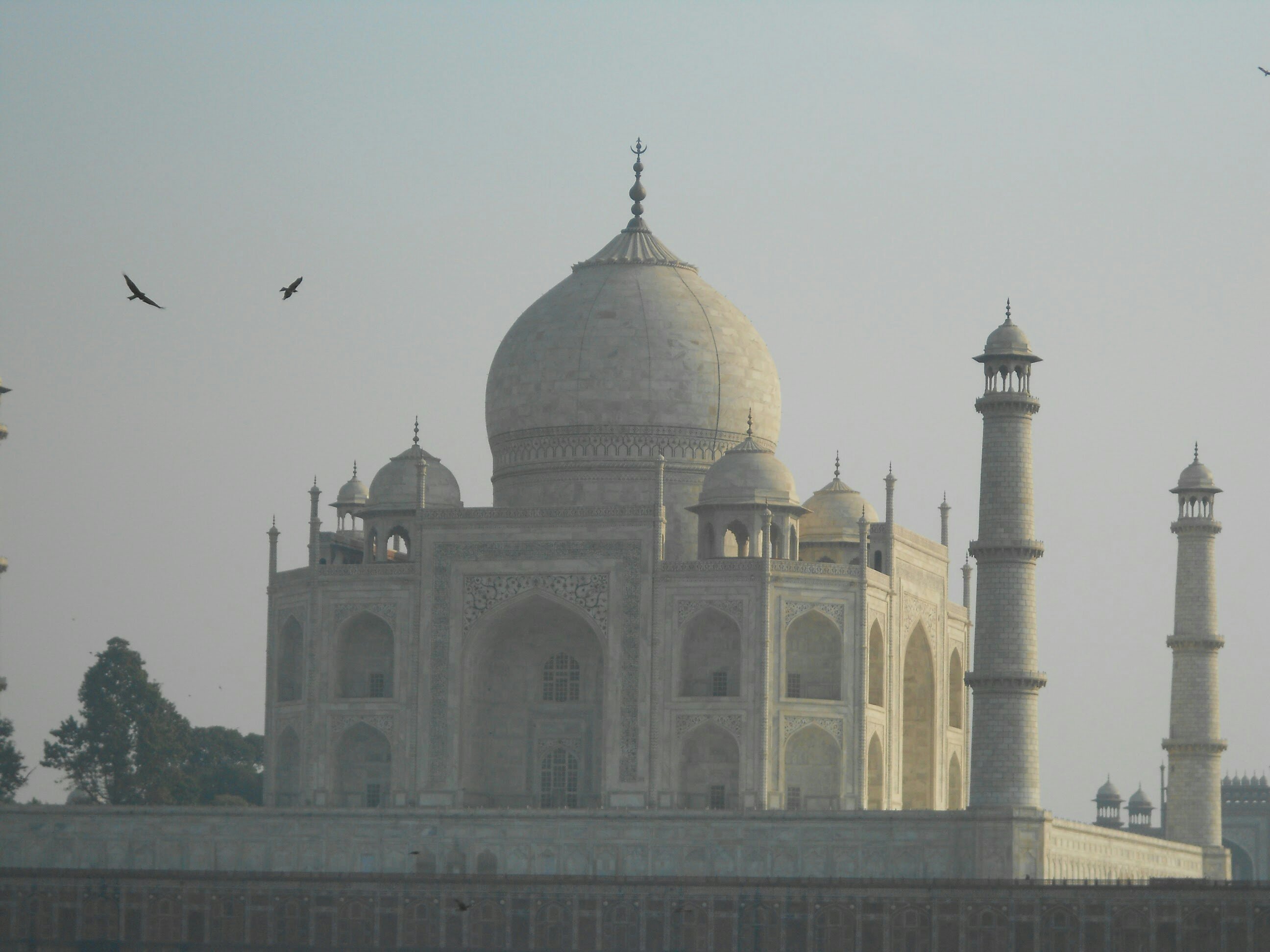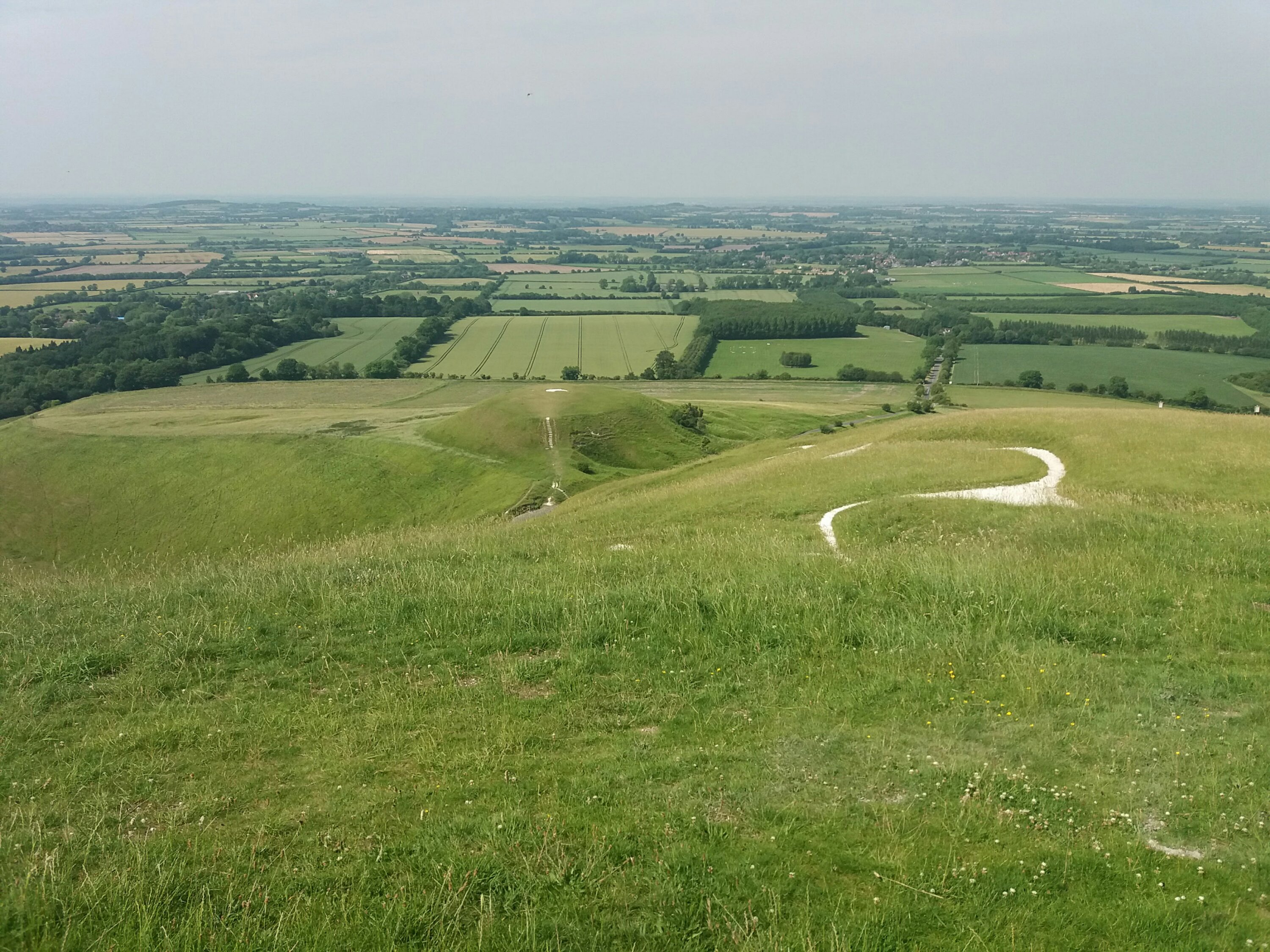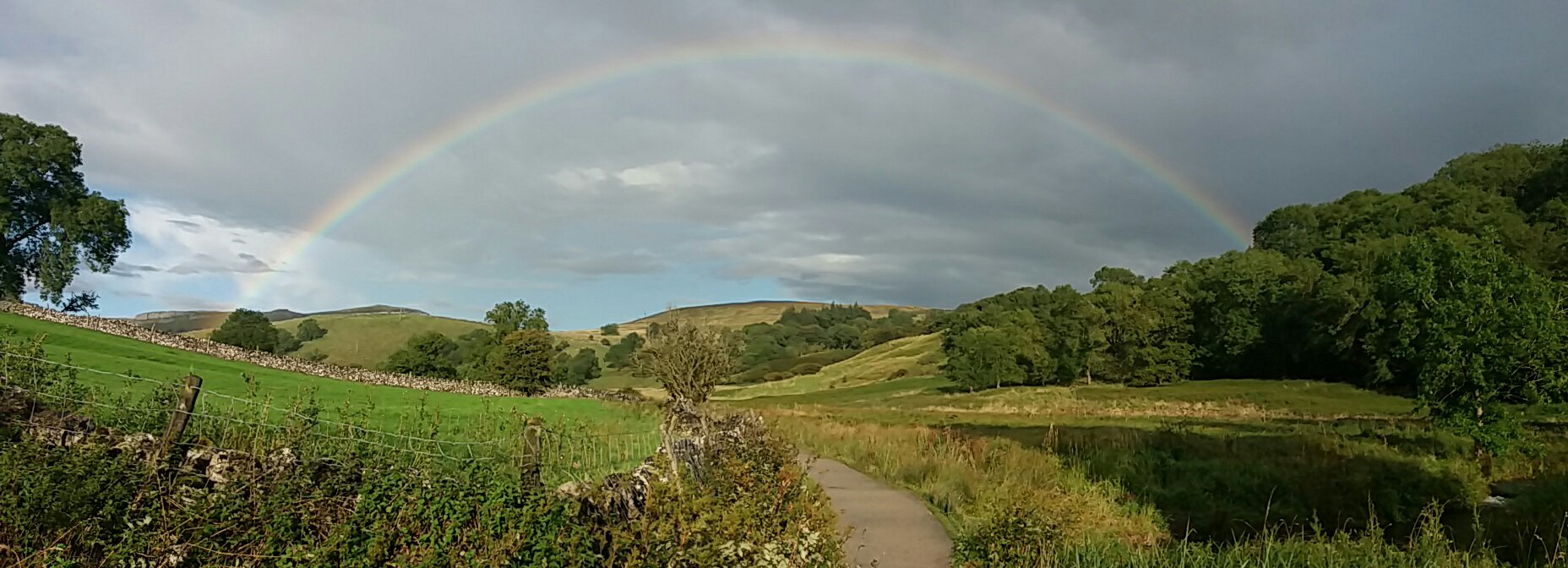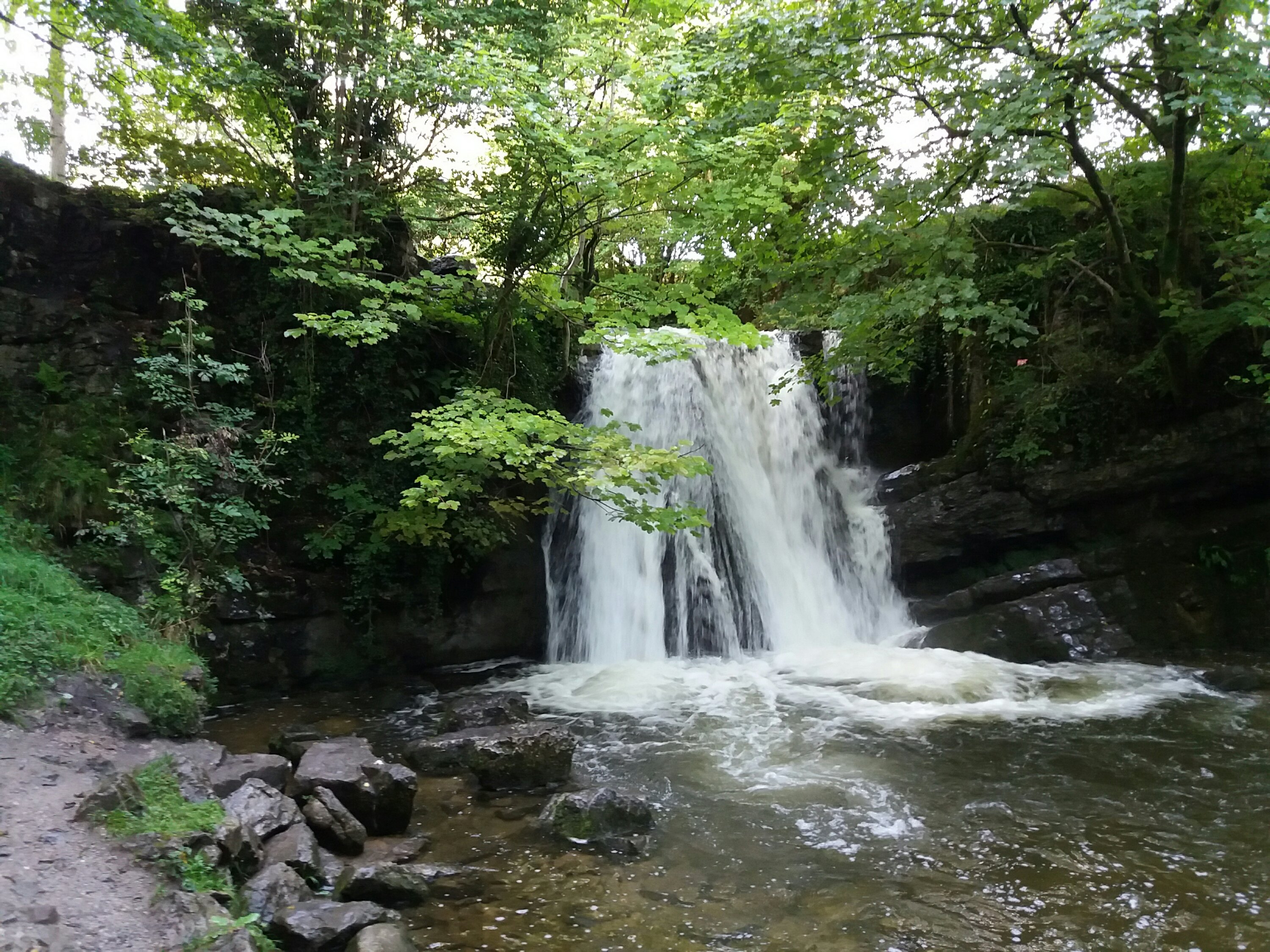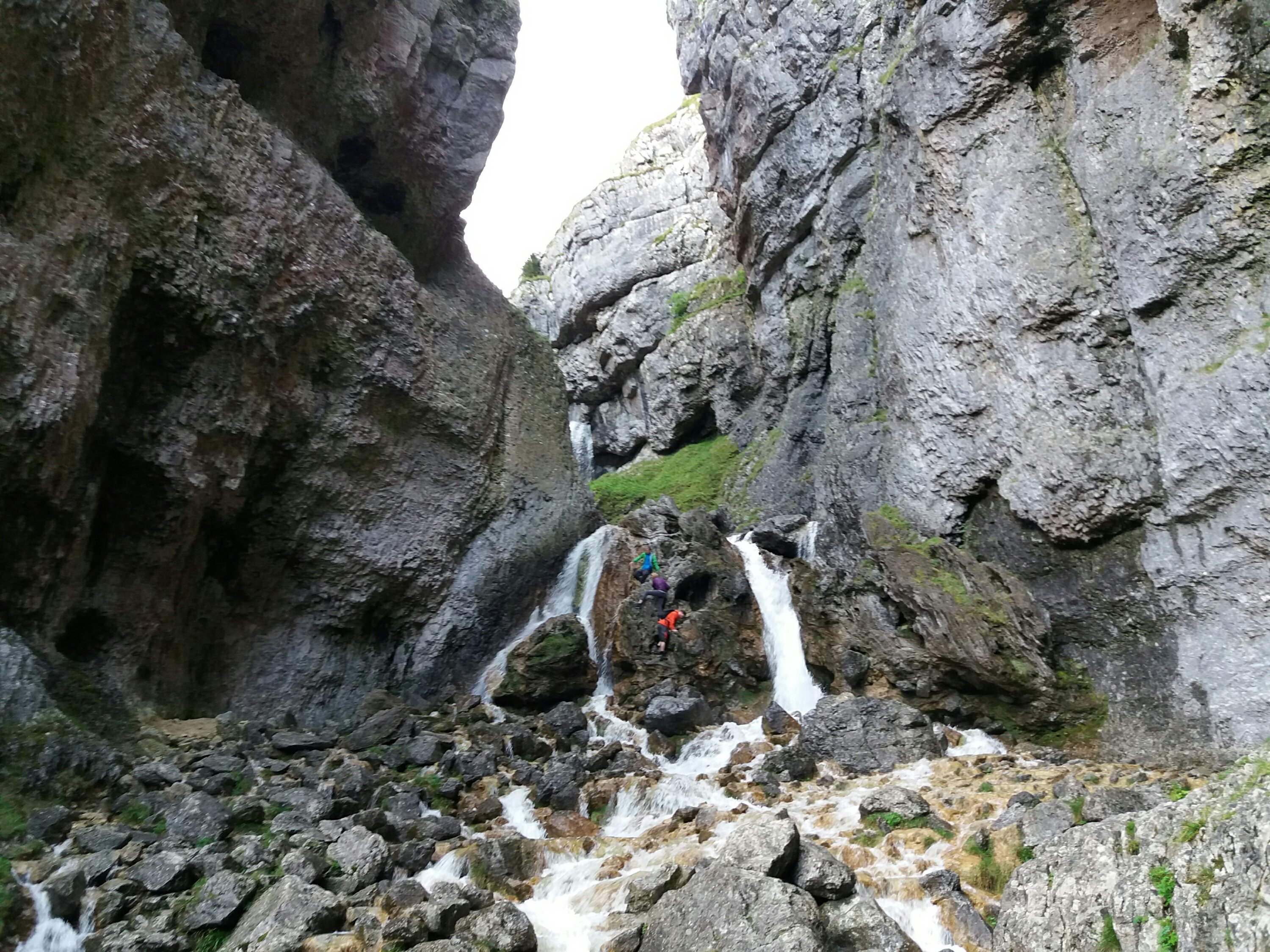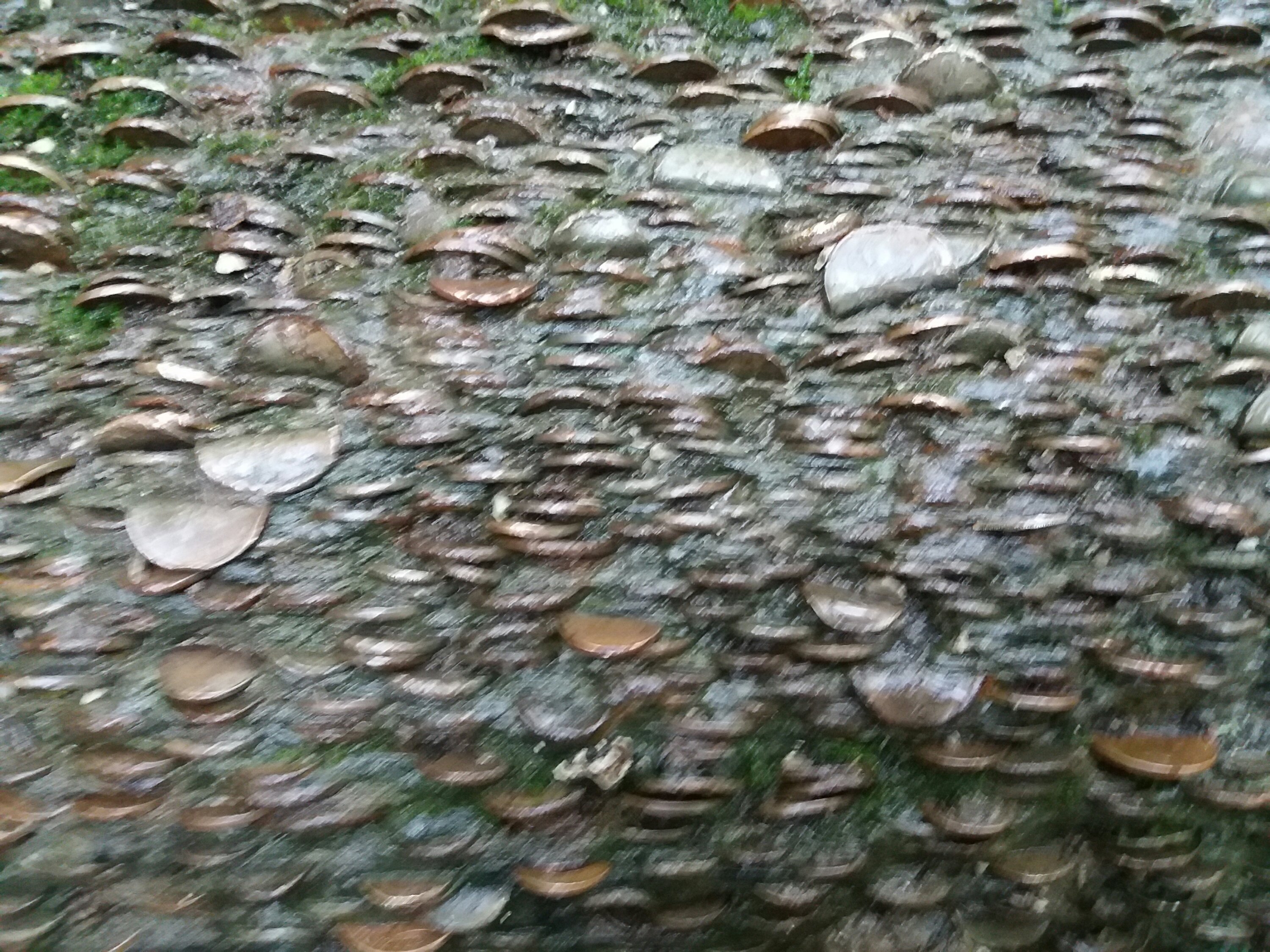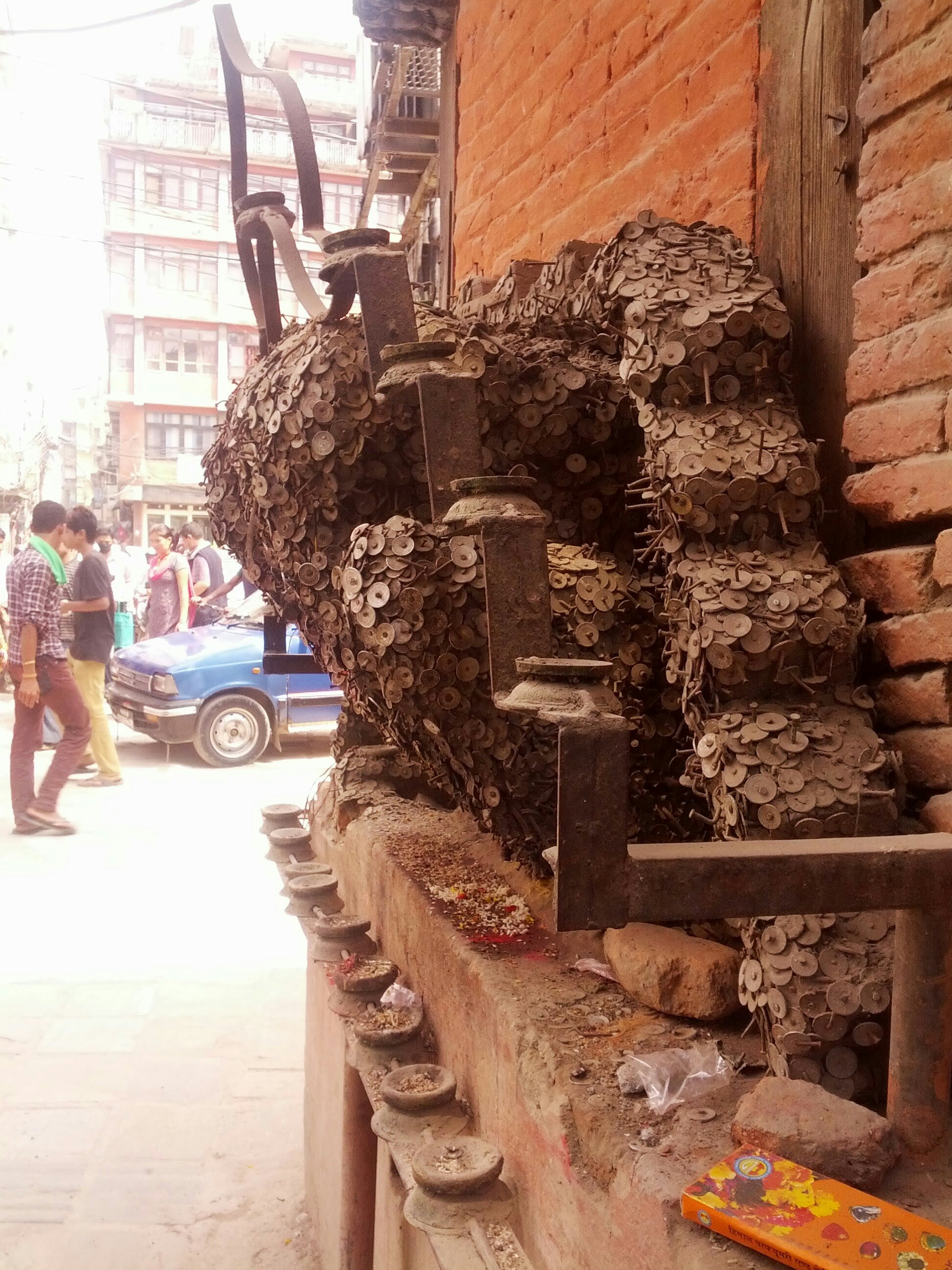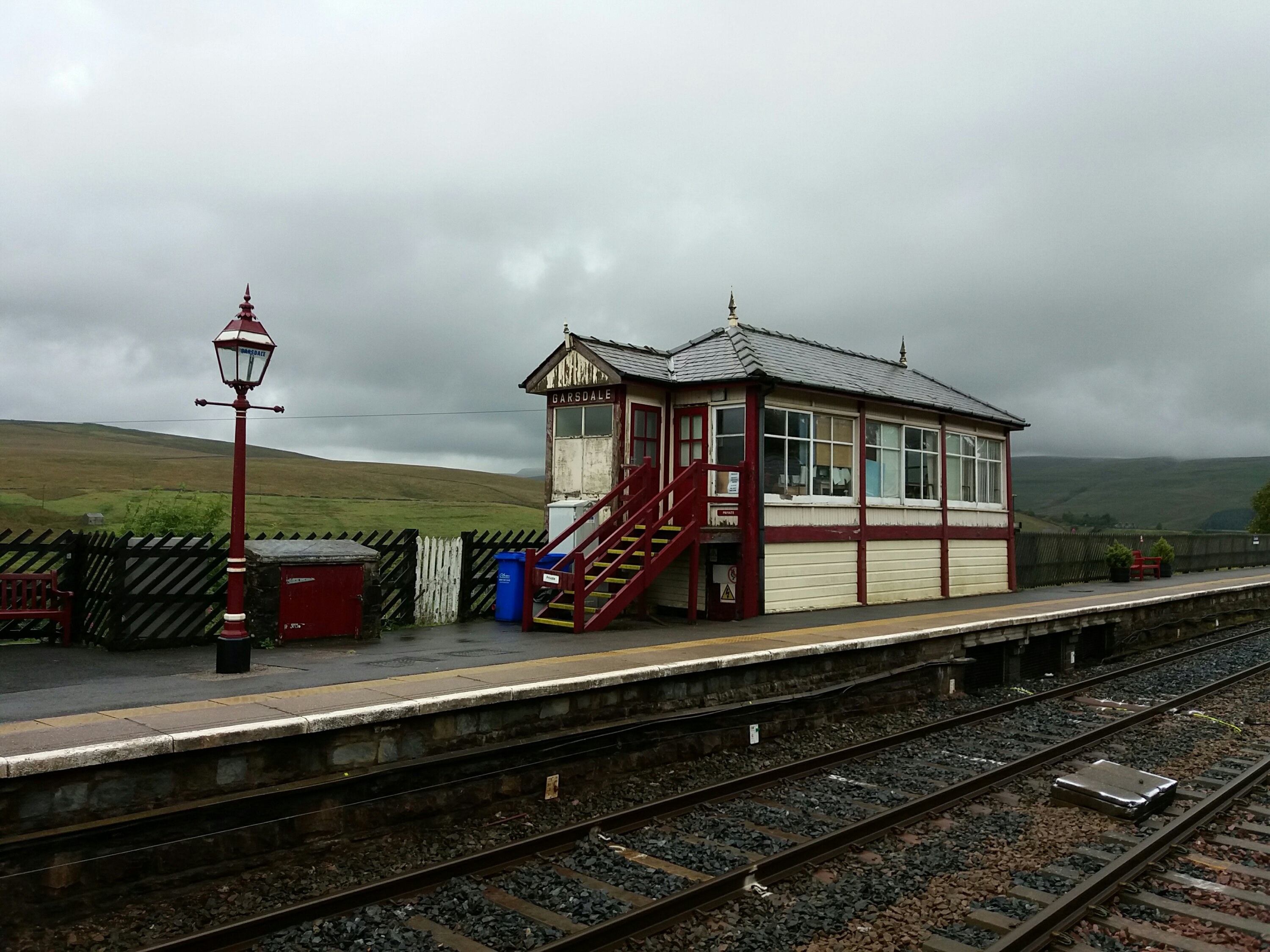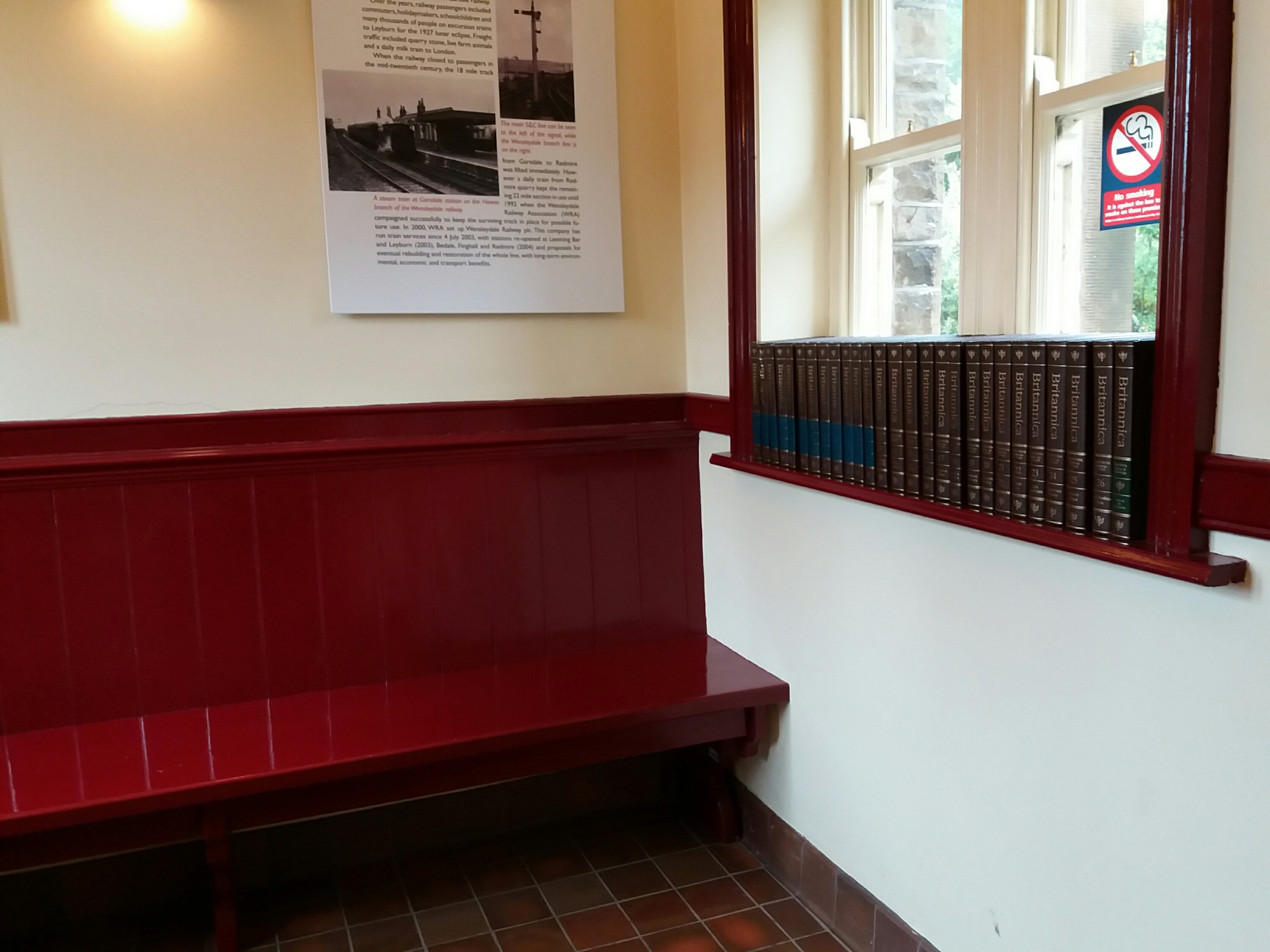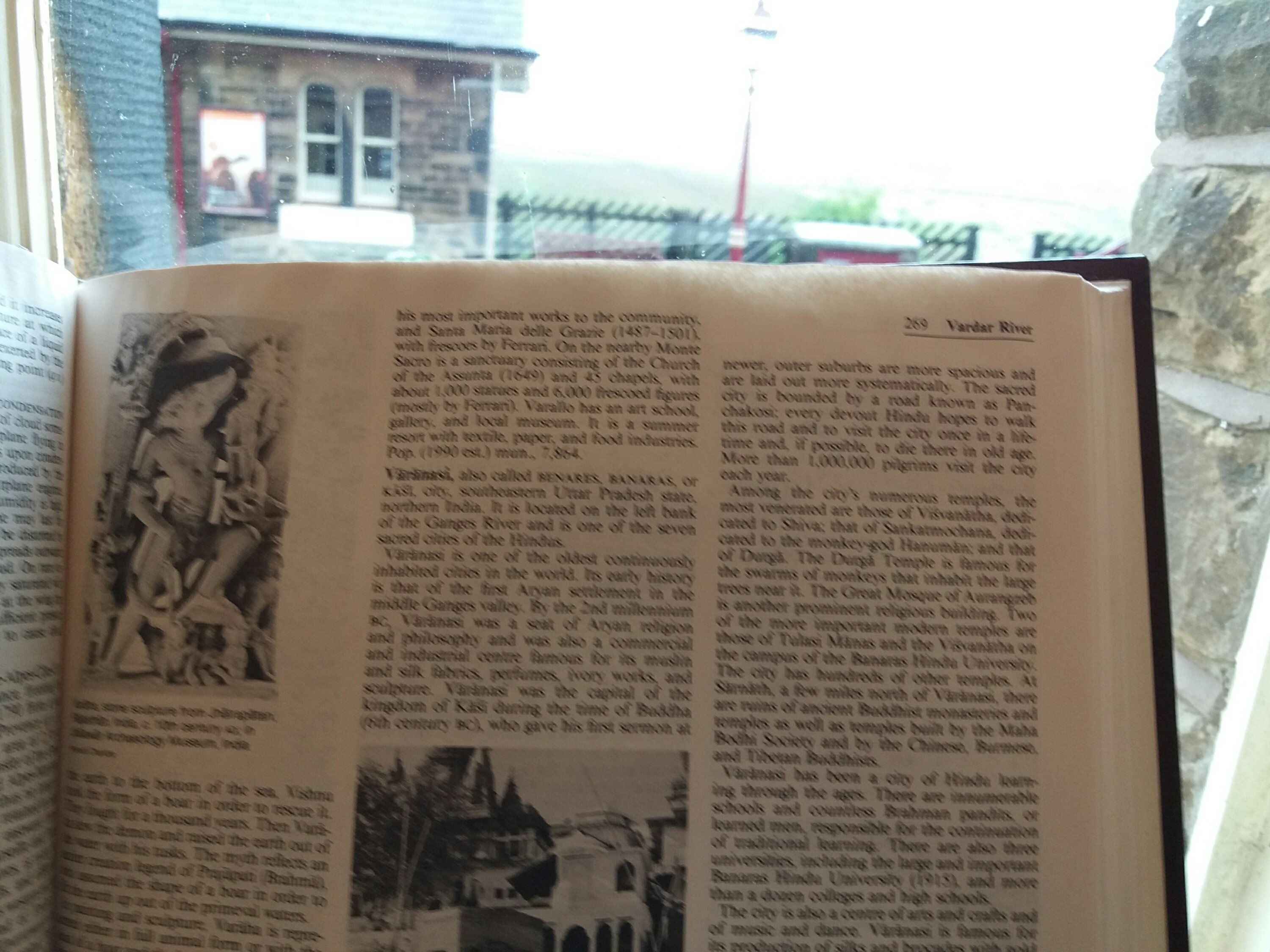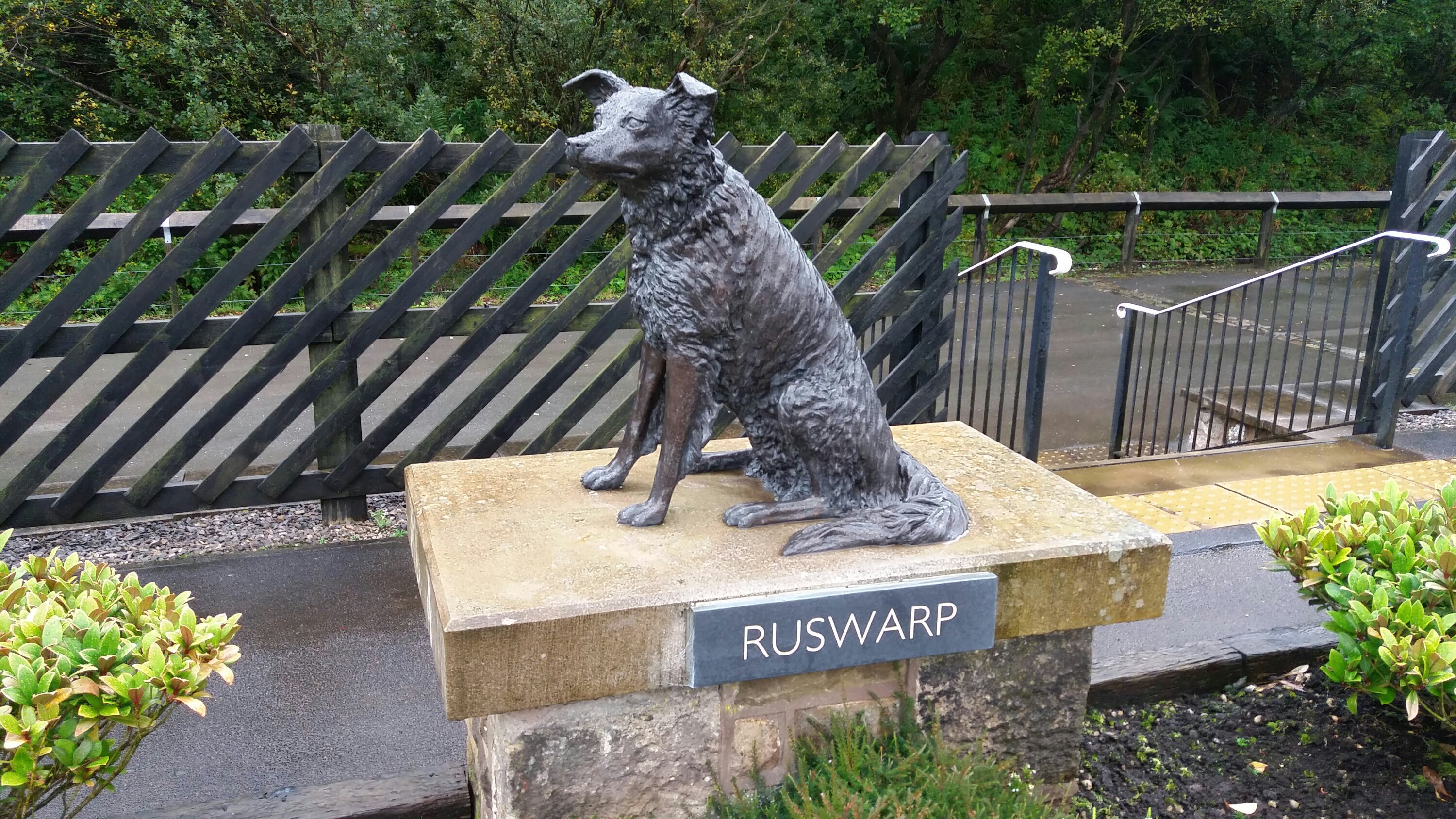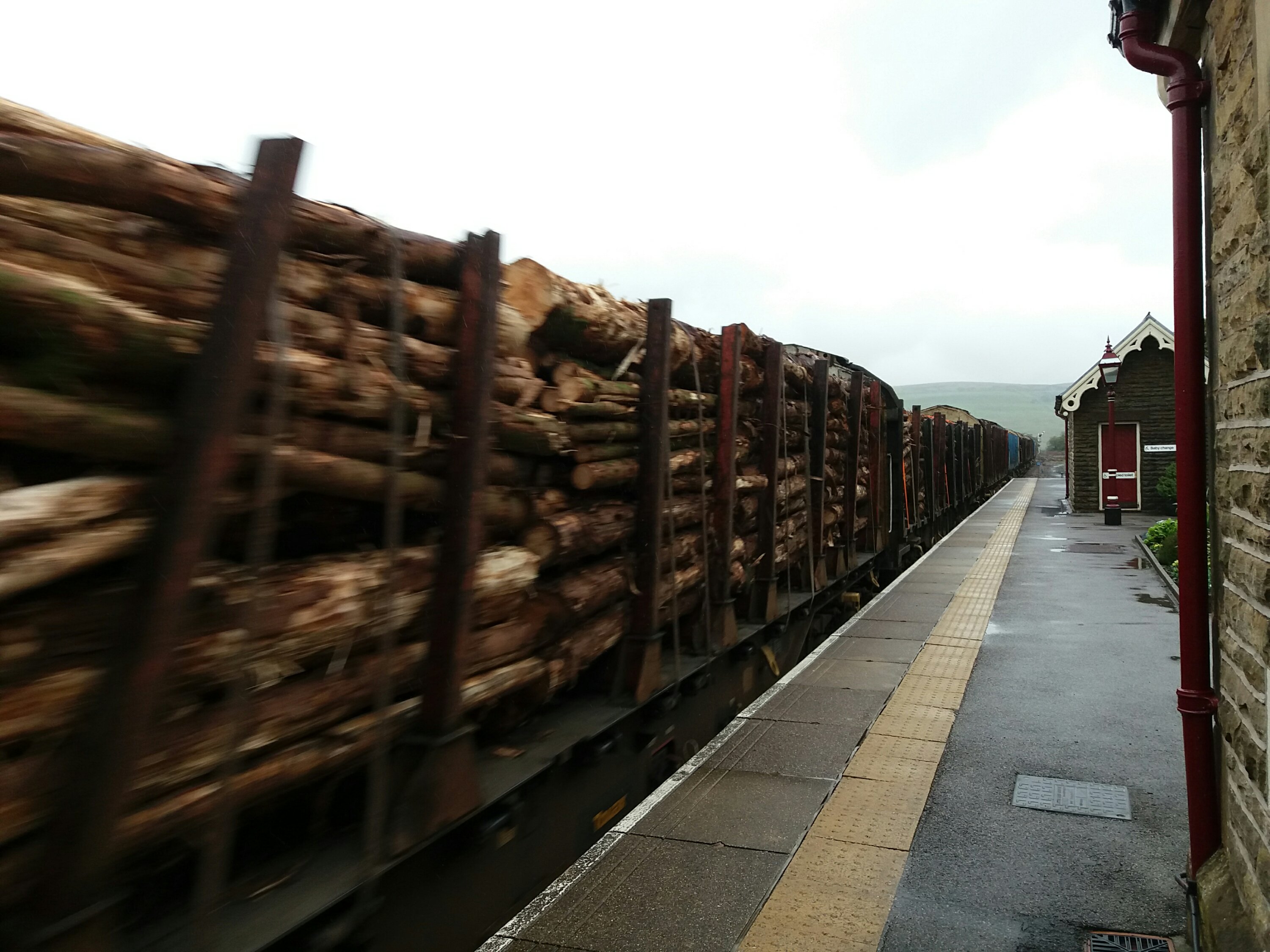Sometimes, you find interesting things.
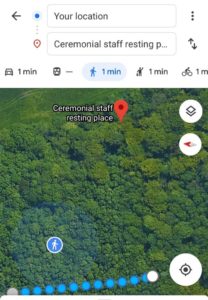 One of the big problems with hiking around Brighton is that it’s boring. The land here is arranged in strips. You have the sea which takes up 180 degrees. Then there is the prom, which is a nice walk, but I’ve done it literally a million times. Beyond that there is a strip of town, and it’s hard to get out to the country without trudging through it. Then you have the downs, which is a truly beautiful area, but there are certain east-west paths which tend to dominate. On the other side is the weald, which is full of interesting walks, but you’ve tracked about 5 miles to get there.
One of the big problems with hiking around Brighton is that it’s boring. The land here is arranged in strips. You have the sea which takes up 180 degrees. Then there is the prom, which is a nice walk, but I’ve done it literally a million times. Beyond that there is a strip of town, and it’s hard to get out to the country without trudging through it. Then you have the downs, which is a truly beautiful area, but there are certain east-west paths which tend to dominate. On the other side is the weald, which is full of interesting walks, but you’ve tracked about 5 miles to get there.
Any interesting diversion on these paths is welcome. I was coming from Ditchling Beacon and trying to find my way to Falmer campus, and wanted to get my walk over as quickly as possible. I’d walked from Patcham to the Chattri at the start of the day, taking an Uber to reach Patcham, as the walk the the bottom of the downs was so boring.
I was using google maps to find a direct path when I saw something interesting. On the map was listed a ‘Ceremonial Staff Resting Place’. The google maps marker was placed somewhere in the midst of a set of trees on a steep slope.
I know mobile phone GPS can be somewhat unreliable in the middle of nowhere, but I walked back and forth on the wooded hillside for a while, seeking some indication of what this marker might be for. I couldn’t find it, and after twenty minutes of searching had to give up.
It’s still listed on google maps, under the category “Home goods store.” I love how, even with electronic maps, there are still mysteries. Does anyone know what this might be?
